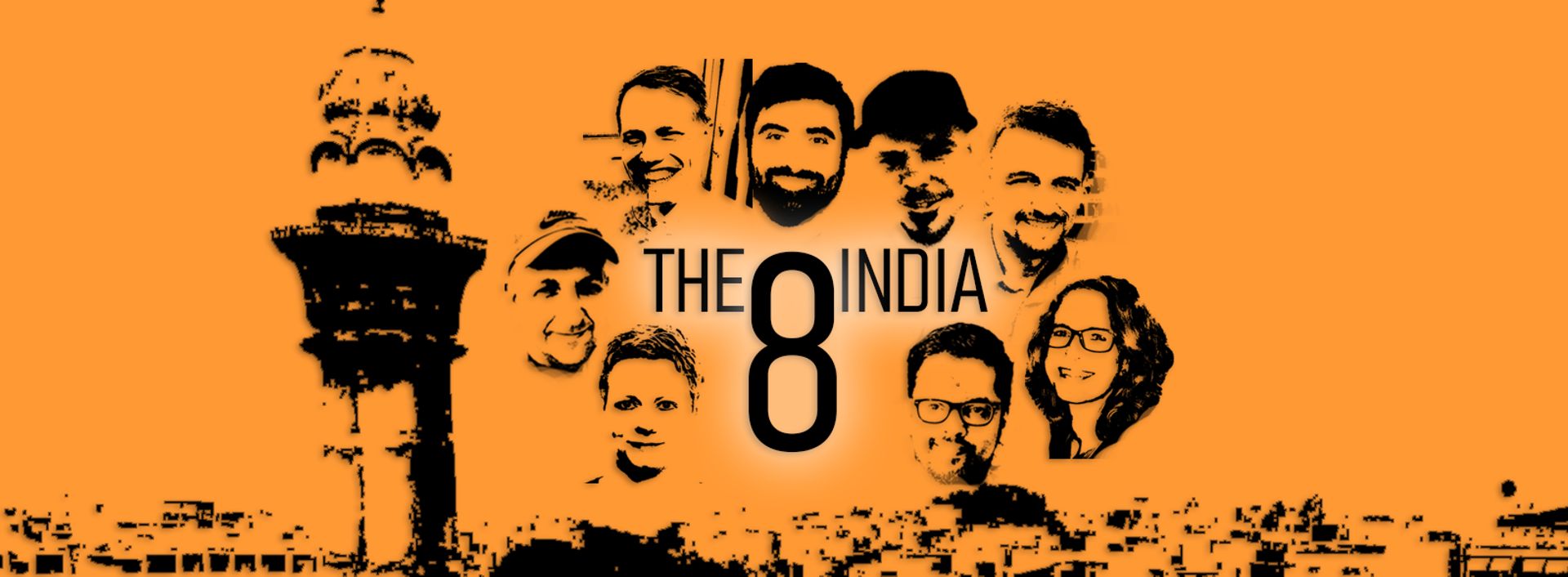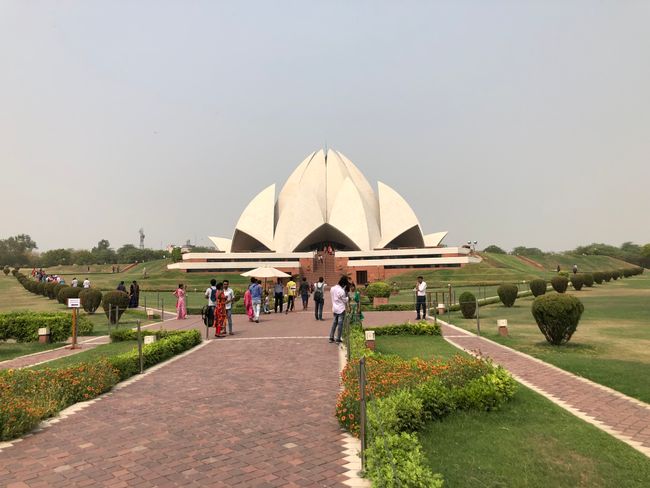Day 8 - Jaipur or "My Name is Sunny ..."
E phatlaladitšwe: 10.01.2020
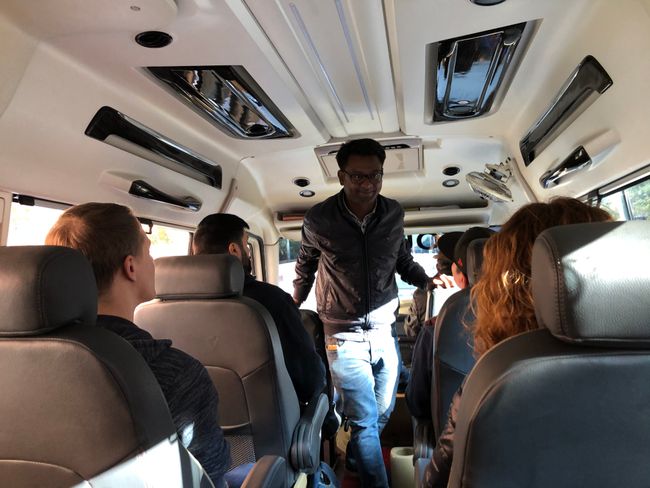
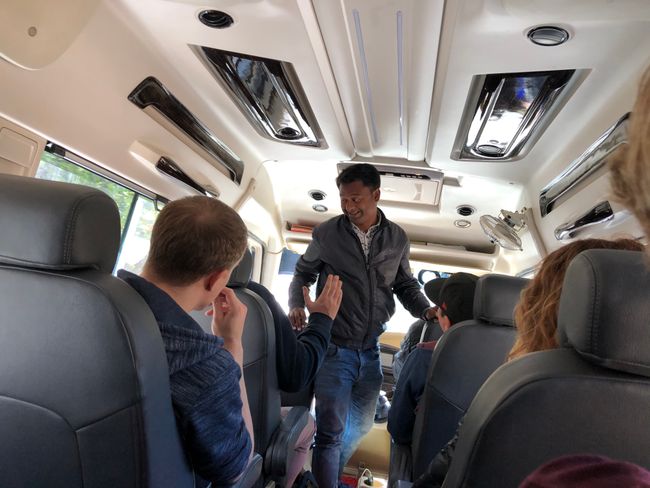
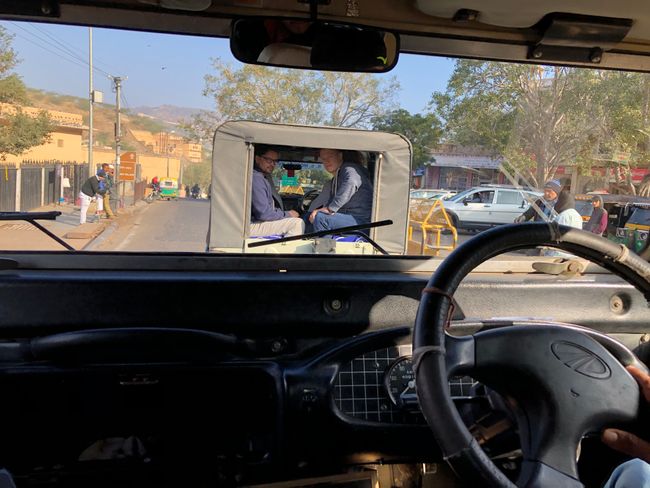
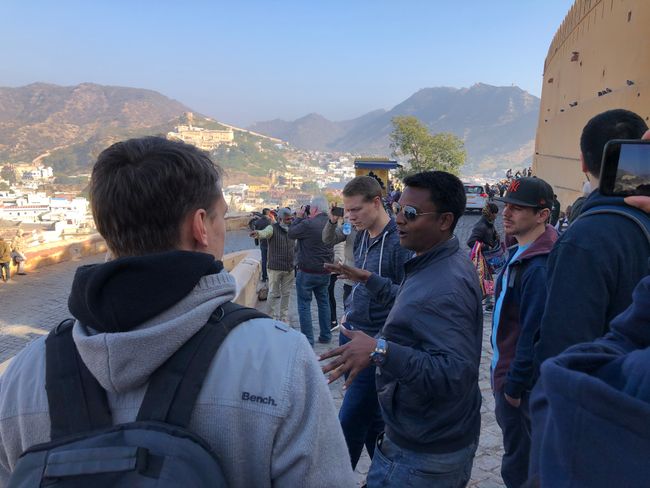
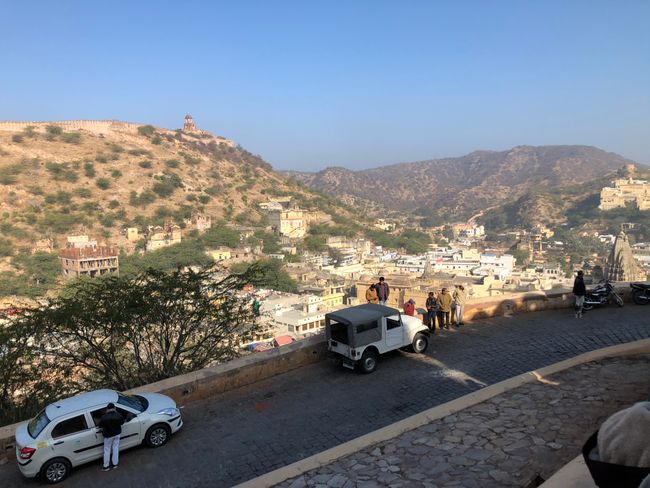
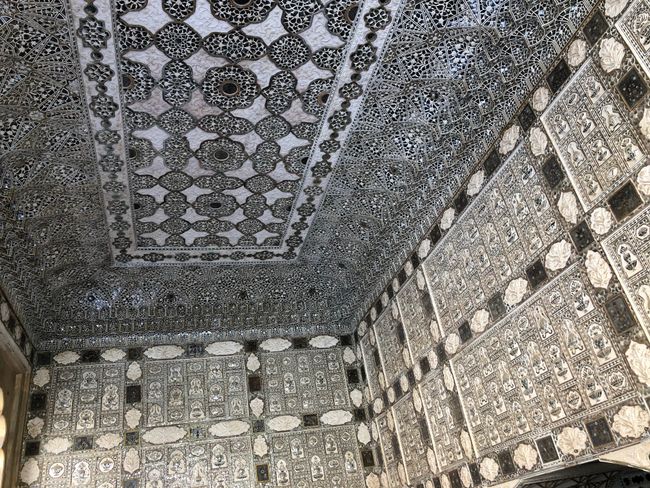
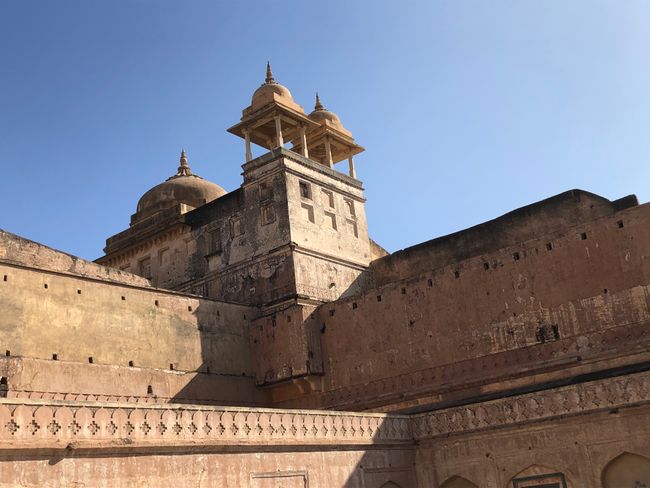
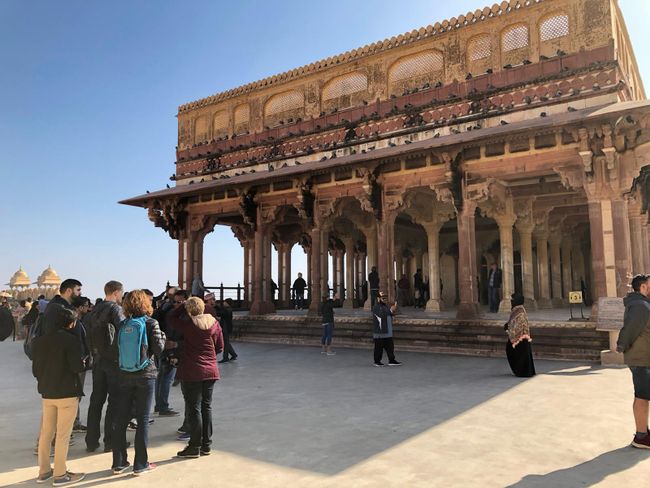
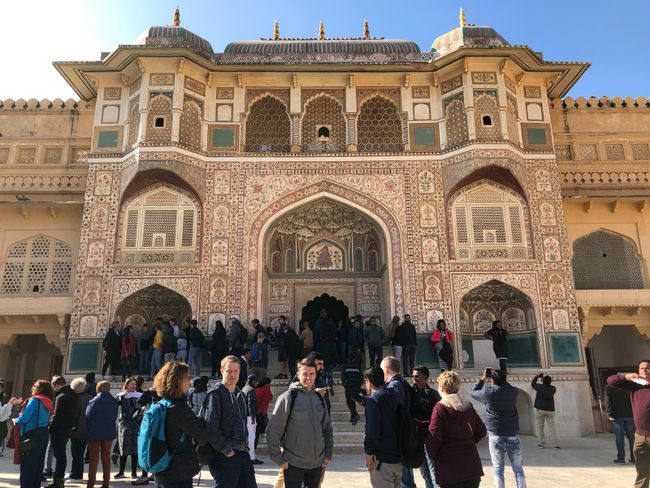
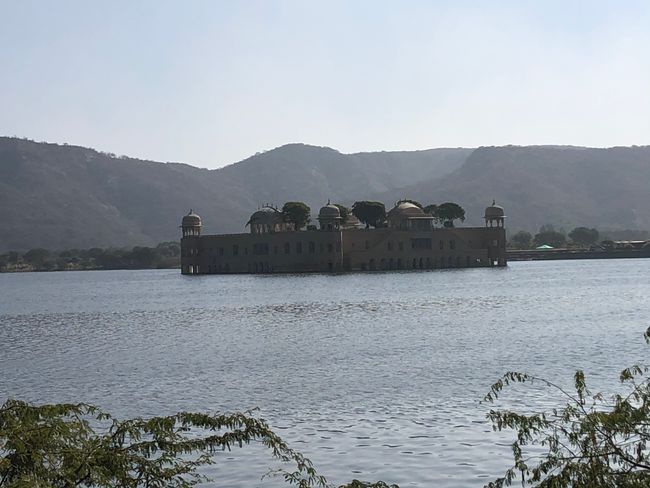
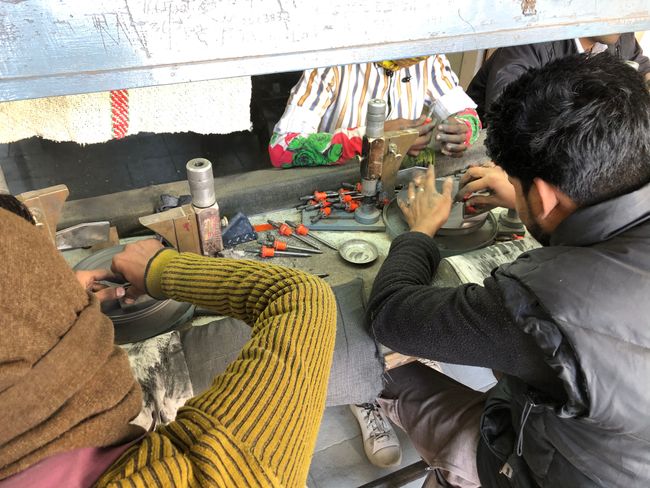
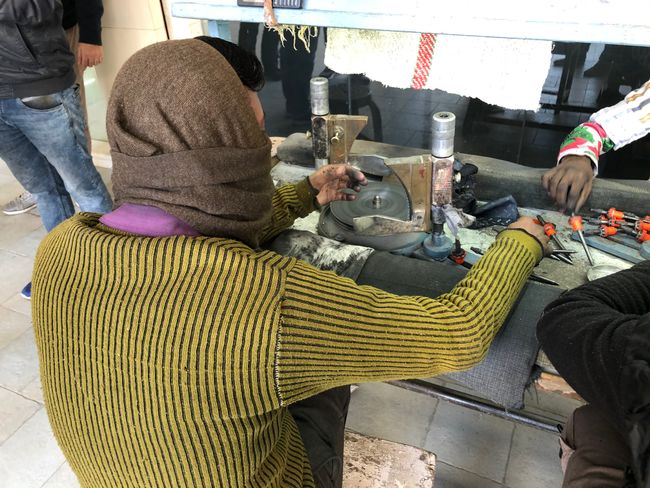
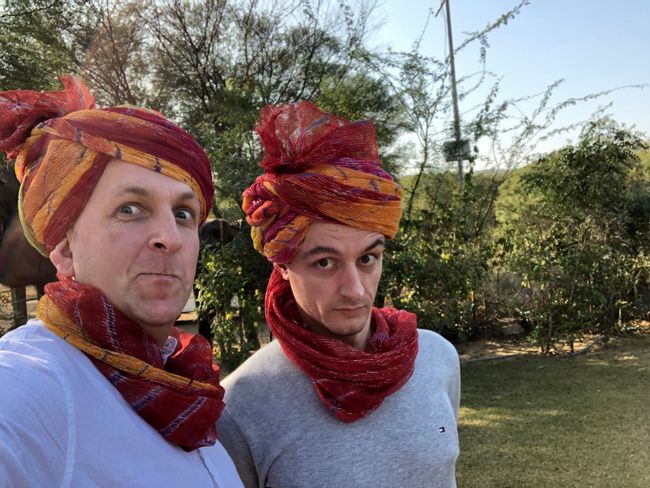
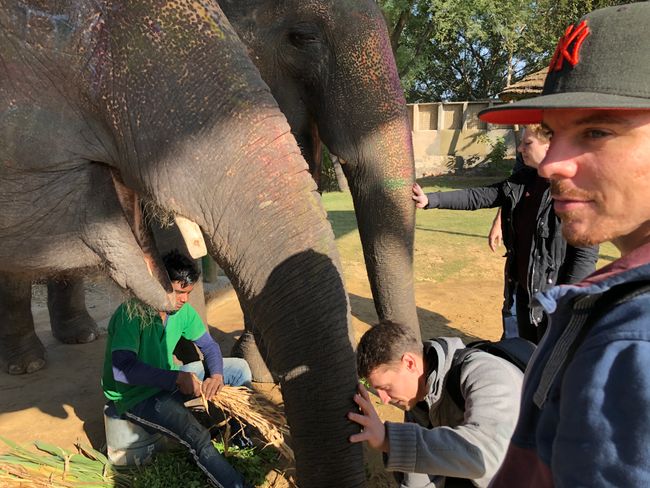
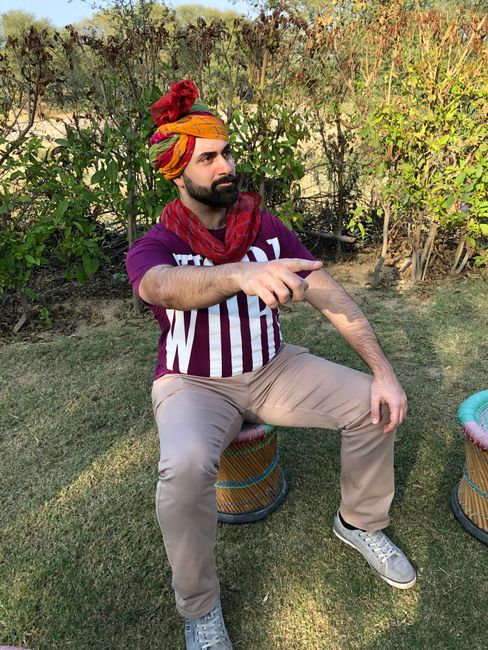
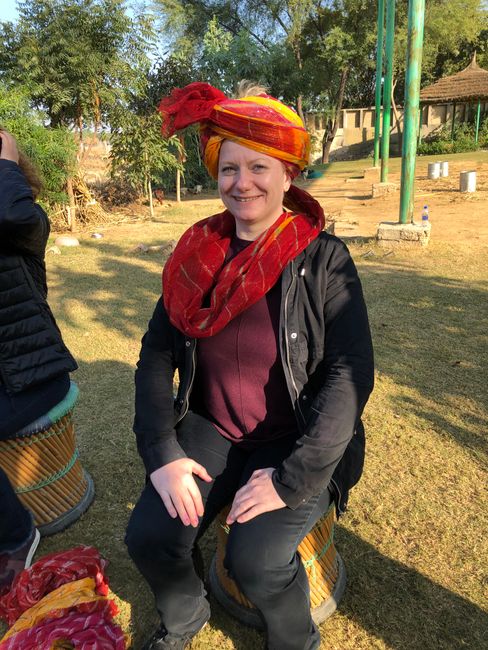
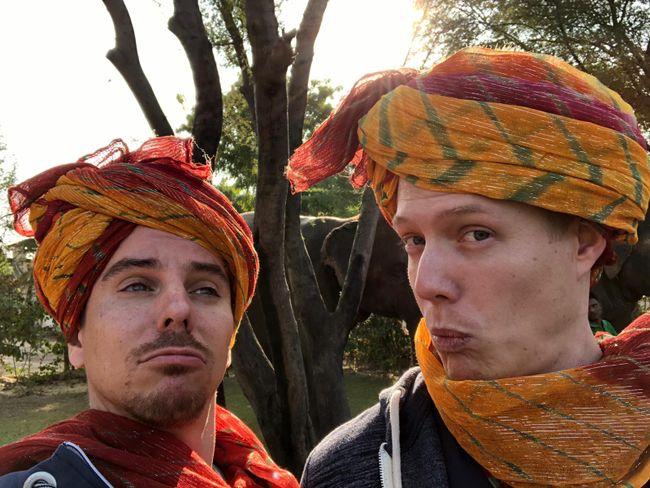
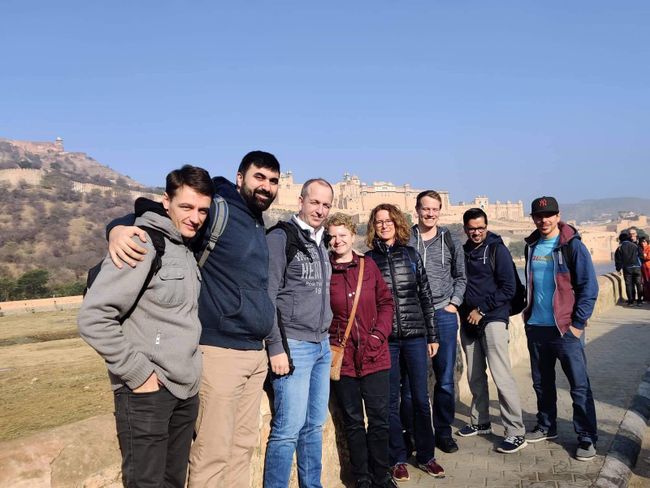
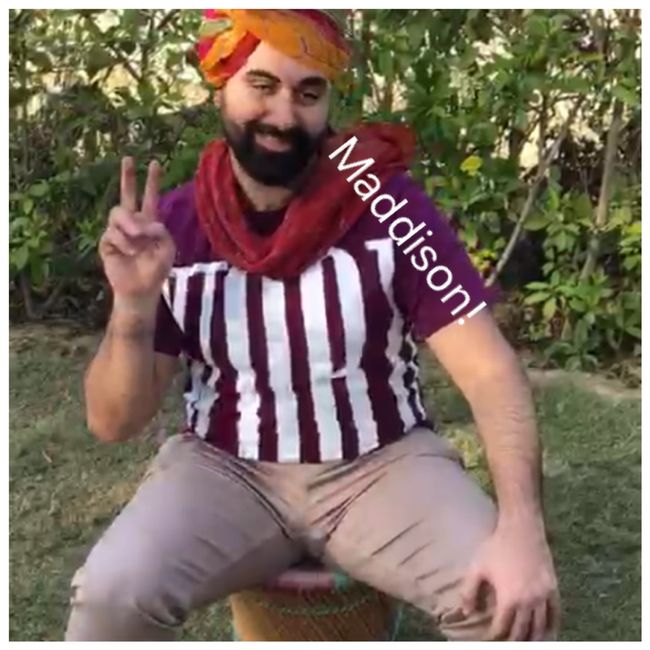
Ingwadiše go Lengwalo la Ditaba
01/09/2020
On Thursday morning after breakfast, Ravi picked us up from the hotel. The "Lemon Tree" hotel is well equipped and doesn't have as much renovation backlog as the "Park" in Delhi. The staff at the "Lemon Tree" is very diligent in maintaining everything, which is evident in the condition and service. The breakfast was also completely fine, and so we started towards "Amber Fort" around 9:00. On the way to the fort, we picked up our local guide. The man was truly a highlight. He introduced himself with the words: "Hi, my Name is Sunny and I'm always funny." This continued with a high frequency of jokes, and he had us on the verge of laughter multiple times. But he wasn't just funny, he also understood how to vividly explain the history and background of the place. Located 10 kilometers away from Jaipur, "Fort Amber" is situated on a hill above the city of Amber (or Amer). The entire fort covers an area of 4 square kilometers. It is the most important tourist attraction in the region, and this is apparent in the presentation and the very good condition compared to other cultural heritage sites. At this point, we will now provide some nuanced observations, and as a group, we do not claim to have taken the ultimate best and only path to do justice to the people and animals in this region. But we made the following decisions together and stand by them. The region around Jaipur was rightly criticized by various organizations and media reports for its handling, especially of elephants, prior to 2018. This pertains to the manner of keeping them, the early training of young elephants with significant force, and of course, the exploitation of elephants for tourism. It is important to us to support the most important source of income in the region and thus support the people living there by supporting tourism. However, there are limits and difficult considerations here. One clear decision was that we did not want to ride the elephant up the hill, even though the conditions have improved significantly here, not least due to new laws in the region. Instead, we decided to visit the Elephant Village, where animals that could be rescued from such poor treatment live together with their owners. More on that later. For the aforementioned reasons, we opted for a jeep and were taken up to the fort with it. The fort was very beautiful, especially the mirror hall and the view of the city of Amber and the over 20 km long wall that was supposed to protect the region from enemies. This makes it the third longest wall in the world. The Great Wall of China is of course number one, followed by two Indian walls in second and third place. On the way back to the bus, Sunny, the old rhyming monster, quickly explained the term "workshop": "Man work, woman shop" ... hihihi. Directly from the fort, we made a short photo stop at the Water Palace "Jal Mahal", a palace built in an artificial lake. However, the palace was built first, and then the artificial lake was created around it. Currently, it is in disuse, but there are plans to make it usable as a museum again. After that, we went to a gemstone factory. After the head of the house gave us a small excursion on emeralds, sapphires, and other gemstones, and some of us were able to purchase a small birthstone as a souvenir, we were led through an IKEA-like labyrinth WITHOUT SHORTCUTS, passing all sorts of junk. Ramon was close to breaking through a wall, but after the sixtieth curve and turn, we made it. After the stones, we went to the weakest lunch so far. The food from the buffet was really not good, and our Paul Bocuse, uh, Marcel, felt a little insulted culinarily. After being strengthened, we headed towards the Elephant Village. The village was located about 15 kilometers outside of Jaipur. Here, the animals live in a special living situation together with several families. And next to each living house is directly a room for one of the animals. Of course, it is possible that both Ravi and the local guide and the owners completely fooled us, but we couldn't get that impression here. It was evident that the animals are well cared for here. There were no visible chains or devices in any of the rooms, and sticks or other weapons were not used. The interaction of the locals with the animals was respectful in every aspect. Hoping that our financial support can contribute to this, we spent a wonderful afternoon with the four elephants, ranging in age up to 29 years, alone and without other tourists. On the way back, we narrowly missed the latest entry time for the City Palace, so we drove directly to the market in the city center. After some initial restraint, we bought some beautiful things and haggled a little as is customary. From the market, we went to dinner after about 1.5 hours. Since there were only outdoor seats available at the first restaurant, we unanimously agreed to go to another restaurant. There, we could sit indoors. But basically, it didn't make a difference because there was a draft through every crack. It must be noted that there are hardly any heaters. And so, even in enclosed spaces, it is quite cold. The food was okay, and after returning to the hotel, everyone fell tired into bed. Insights of the day: Maddison is not only a name; there are people who were born for the Maharaja turban, and "The Pink City" is actually terracotta.
Ingwadiše go Lengwalo la Ditaba
Karabo
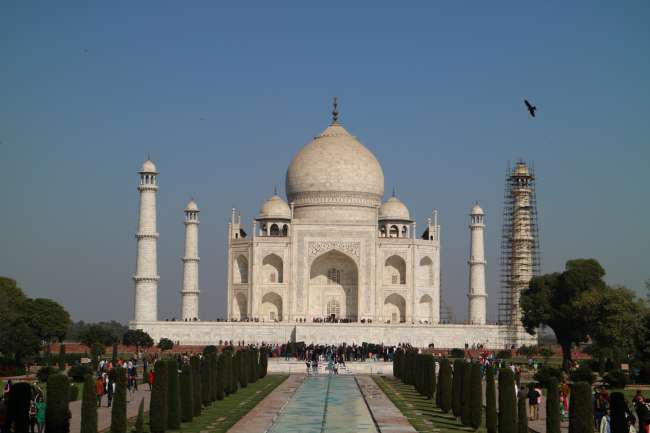
Dipego tša maeto India
